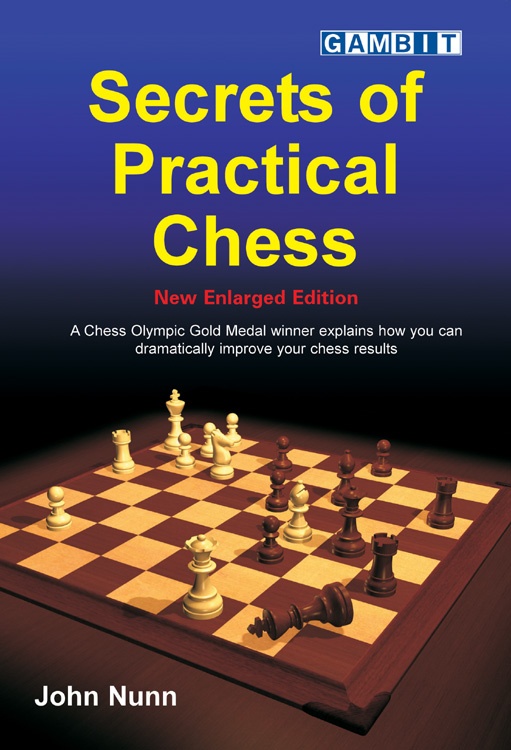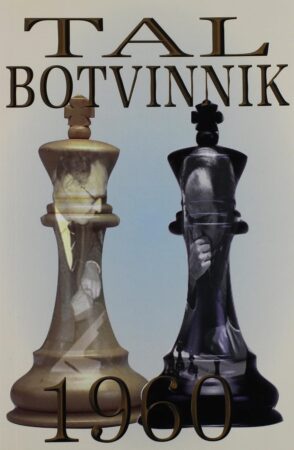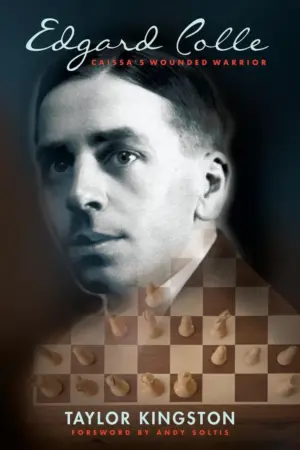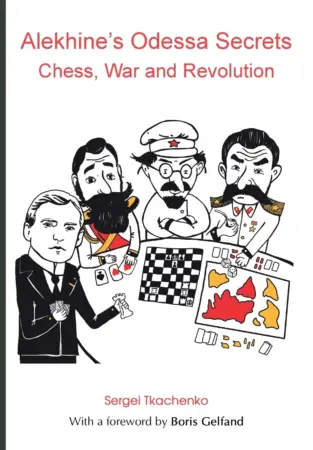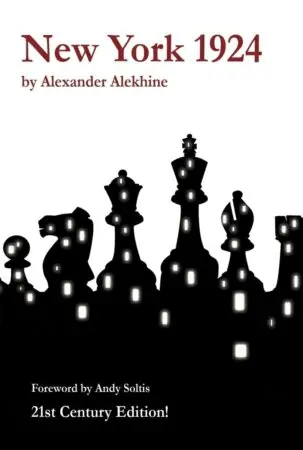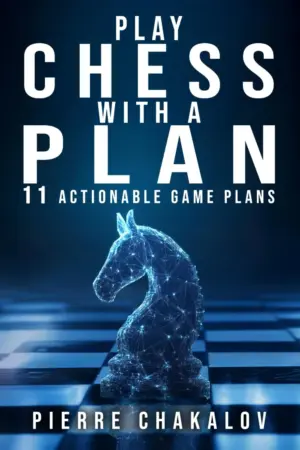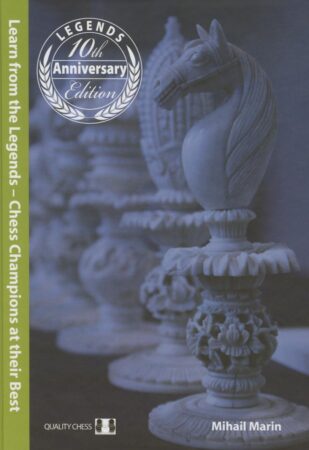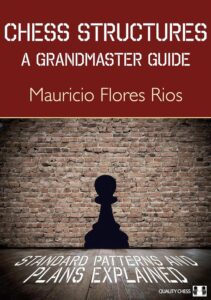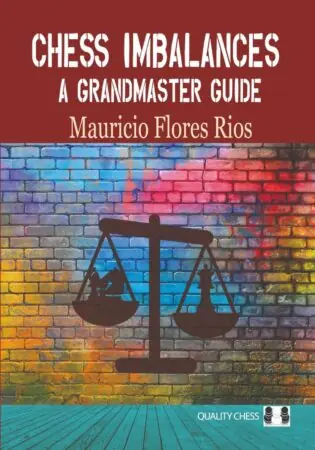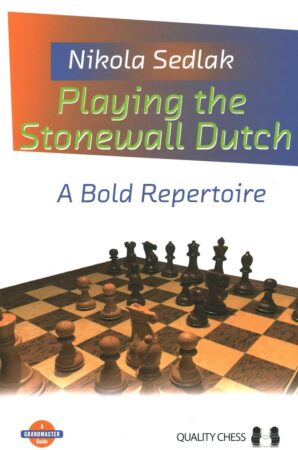Secrets of Practical Chess is perhaps John Nunn’s best and most useful book. It’s a textbook that covers everything from decision making in all three stages of the game to using computers and choosing which chess books to read. It is intended for advanced players, in my opinion, best suited for those over 2000 FIDE.
First published in 1998, it quickly became widely accepted as a must-read book for any ambitious chess player. The second edition, published nine years later (which is the one I have), has been expanded, but not in any major way. So both editions are of almost equal value. Before I go into more detail of why Secrets of Practical Chess is a very useful book, let me just explain the difference between the two editions. The new edition has an expanded section on engines and computers. Having been written almost 20 years ago, even the new, updated section is now outdated, apart from Nunn’s own opinions. The only real addition is the new section on chess literature, how to choose chess books, what to look for in a chess book, and a list of recommended reading. Other than that, with the exception of miniscule changes and improvements, the essence of the book is the same.
Secrets of Practical Chess is divided into several parts (not including the two chapters on computers and books). The first part, on decision making over the board, may be the best section of a chess book ever written. In it, Nunn gives practical, easily applicable solutions to problems every chess player faces in almost every game. Nunn mentions in the introduction: “It is my belief that most players never get anywhere near their natural ceiling, and that considerable improvement is possible with appropriate education, training, and practice.” The first part of the book is, in a way, a detailed set of instructions on how to do something about that. It is also a selection of numerous small pieces of advice on how to use the time available for chess study efficiently, by distinguishing essential from optional knowledge.
Secrets of Practical Chess also comprises what Nunn calls “common failings at the board”, and how finding yourself in one or more of them and recognizing your problem is the first step to solving it and improving your play; “…by concentrating on a particular weakness, it’s often possible to eradicate it completely.”, Nunn writes.
The book covers essential concepts and skills chess players must develop. To mention a few I liked best and found most instructive, Nunn explains ideas such as when to analyze. He builds on, and improves on resources such as Kotov’s “Think like a Grandmaster” and asks important questions that were absent from most volumes written on the topics such as whether to analyze in a given position at all, and how to know how much to analyze. He goes over concepts such as D.A.U.T. – Don’t analyze unnecessary tactics, explaining how tactical analysis is error-prone, and that if one can decide on one’s next move relying purely on positional considerations, one should do so. Another original (as far as I know) concept introduced in Secrets of Practical Chess is what Nunn calls safety nets; how when going over a long tactical line, it helps to have backup, an alternative variation you can adopt if you discover that your original idea doesn’t work.
His instructions on planning are invaluable. Nunn writes that when planning, one must make sure that the plan is beneficial, that there is no point in aiming for a target which doesn’t improve the position, how plans have to be realistic and not tactically flawed. These ideas may sound obvious and simple. They’re not. Nunn just explains them better. What I’m trying to say is that Secrets of Practical Chess is full of gold nuggets of chess advice.
Apart from the first part of the book, Nunn has covered middlegames, openings and important endgames in the same fashion. Every section is well annotated, easily understandable, and extremely helpful. I think this is a must read for anyone serious about chess improvement.

